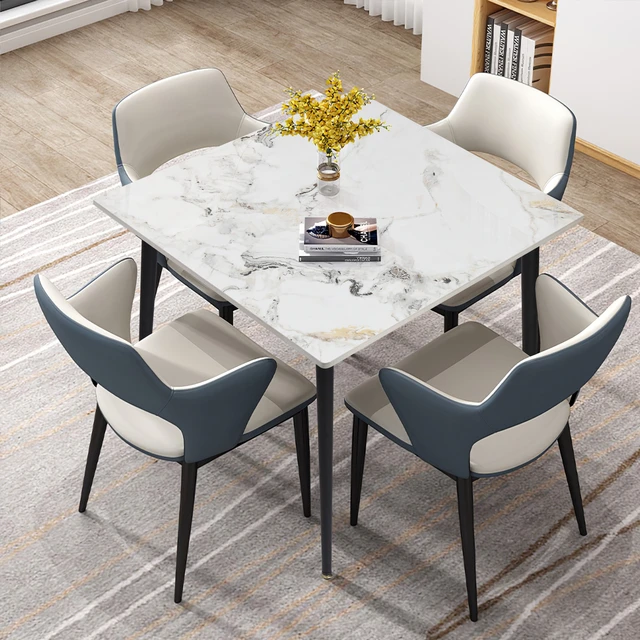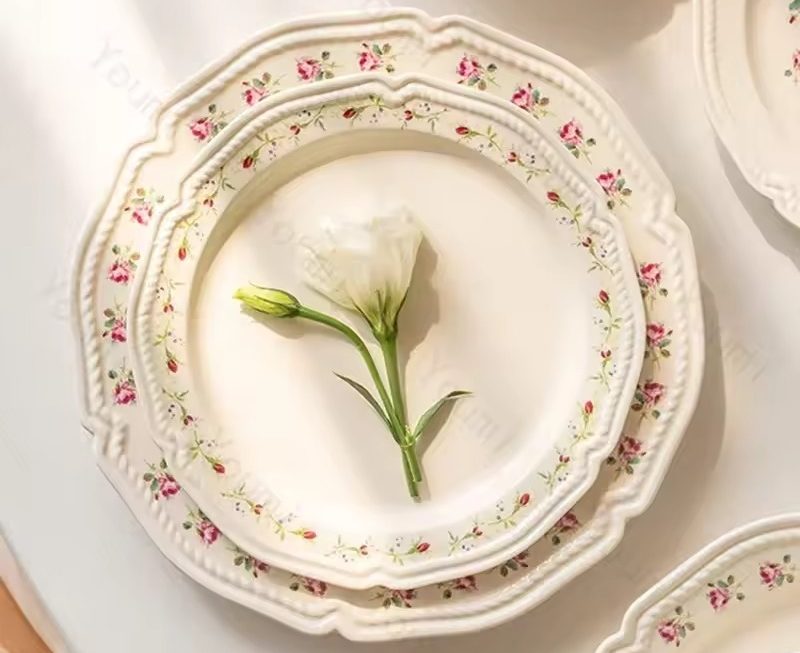 Introduction:
Introduction:
Kitchen counters play a crucial role in both functionality and aesthetics, serving as workspaces for food preparation, cooking, and dining. The height of kitchen counters is an important consideration to ensure comfort and efficiency during kitchen tasks. In this comprehensive article, we will explore the topic of kitchen counter height, including standard measurements and variations. Understanding the proper height will help you design a kitchen that suits your needs and promotes ergonomic efficiency.
 Standard Kitchen Counter Height
Standard Kitchen Counter Height
Base Cabinet Height:
The standard height of base kitchen cabinets, including the countertop, is typically 36 inches (91.44 cm).
This height provides a comfortable working surface for most people, allowing for easy reach and proper posture.
Countertop Thickness:
Countertop thickness can vary, with common options being 1.5 inches (3.81 cm) or 2 inches (5.08 cm).
The chosen thickness should be considered when determining the overall height of the countertop.
Toe Kick Space:
A toe kick space is a recessed area at the bottom of base kitchen cabinets, allowing for comfortable foot placement.
It is typically 3 to 4 inches (7.62 to 10.16 cm) in height to provide adequate clearance.
Variations in Kitchen Counter Height
Customized Counter Heights:
Some individuals may require customized counter heights to accommodate their specific needs.
Height adjustments can be made to ensure accessibility for individuals with disabilities, limited mobility, or taller stature.
Bar-Height Counters:
Bar-height counters are taller than standard kitchen counters, typically measuring around 42 inches (106.68 cm) in height.
These counters create a more casual setting and are commonly used in kitchen islands or areas designed for seating and socializing.
Counters for Individuals with Disabilities:
ADA (Americans with Disabilities Act) guidelines recommend a maximum counter height of 34 inches (86.36 cm) for individuals using wheelchairs.
These modified counters allow for better accessibility and ease of use for individuals with disabilities.
 Factors to Consider When Determining Counter Height
Factors to Consider When Determining Counter Height
User Height and Preferences:
The height of the primary users should be considered when determining the ideal counter height.
Individuals who are taller or shorter than average may prefer custom heights for better ergonomics and comfort.
Task Requirements:
Different kitchen tasks may require varying counter heights.
For example, a lower counter height may be preferred for tasks that involve seated work or detailed chopping, while a higher counter height may be suitable for baking or standing work.
Appliances and Fixtures:
Consider the height and size of kitchen appliances, such as stoves and sinks, when determining the counter height.
Ensuring proper alignment between the counter and these fixtures allows for efficient workflow and usability.
Measuring and Adjusting Counter Height
Measuring and Calculating:
When calculating the optimal counter height, measure from the floor to the intended work surface.
Account for the thickness of the countertop and any additional modifications, such as raised or lowered areas.
Adjusting Counter Height:
If the standard counter height does not suit your needs, adjustments can be made.
This can involve modifying the cabinet or adding additional layers of material to achieve the desired height.
 Here are some tips on how to achieve a well-coordinated look:
Here are some tips on how to achieve a well-coordinated look:
When it comes to kitchen design, coordinating your kitchen counters with cabinets, kitchen islands, and other kitchen fixtures can create a cohesive and visually appealing space. Here are some tips on how to achieve a well-coordinated look:
Consider the Style:
Determine the overall style or theme you want for your kitchen. Whether it’s modern, traditional, farmhouse, or industrial, select counters that complement the chosen style. For example, sleek quartz or granite counters work well in modern kitchens, while butcher block counters add warmth and character to farmhouse-style kitchens.
Coordinate Color Tones:
Choose counters that harmonize with the color tones of your cabinets, kitchen island, and other elements. Consider the undertones or dominant colors in the materials to create a pleasing color palette. If your cabinets and island have warm undertones, opt for counters with similar warm tones to create a cohesive look.
Contrast or Match:
Decide whether you want your counters to contrast with your cabinets and island or match them. Contrasting colors or materials can create a bold statement, while coordinating colors provide a seamless and unified look. For example, dark cabinets can be paired with light-colored countertops for an elegant contrast, or white cabinets can be paired with white marble countertops for a clean and cohesive appearance.
Balance Patterns and Textures:
If you have patterned cabinets or an intricately designed kitchen island, consider simpler and more subdued counters to balance the overall look. On the other hand, if your cabinets and island are relatively plain, you can explore more patterned or textured counters to add visual interest.
Create Focal Points:
Use your counters and kitchen island as focal points to draw attention and add visual appeal. Consider using a different material or color for the island countertop to make it stand out, or choose a unique countertop edge profile for added detail.
Material Coherence:
Aim for consistency in the materials used for counters, cabinets, and kitchen islands. For instance, if you opt for quartz counters, consider using quartz or quartzite for the island, ensuring a cohesive and harmonious look throughout the kitchen.
Practical Considerations:
Besides aesthetics, consider the durability and maintenance requirements of different counter materials. Ensure that your chosen countertop material is suitable for tasks like cutting, chopping, and food preparation. Also, make sure the material can withstand heat, moisture, and regular cleaning.
By carefully coordinating the materials, colors, and styles of your kitchen counters, cabinets, and island, you can create a visually pleasing and functional kitchen that reflects your personal style and enhances the overall ambiance of the space.
 Conclusion:
Conclusion:
The height of kitchen counters is a crucial factor in creating a functional and ergonomic kitchen space. Standard kitchen counter height typically ranges from 36 inches (91.44 cm), with variations for special requirements or design preferences. Customizing the counter height based on user needs, task requirements, and accessibility considerations ensures optimal comfort and efficiency. By understanding the standard measurements and the factors influencing counter height, you can confidently design a kitchen that meets your needs and enhances your overall cooking and dining experience.



